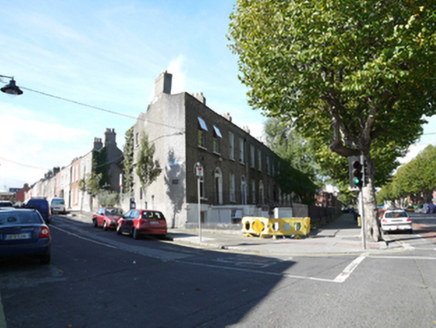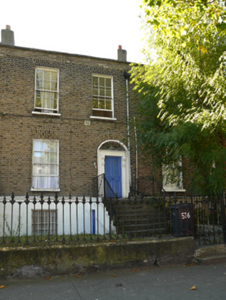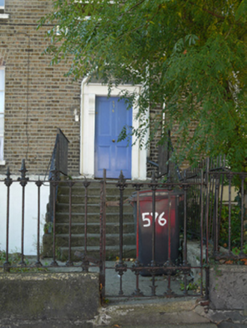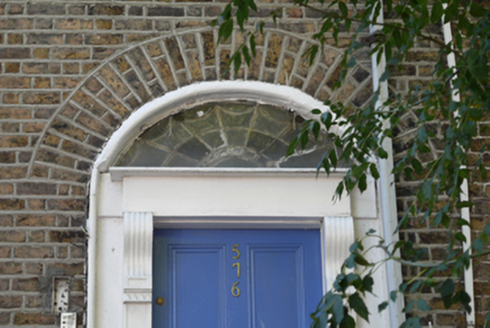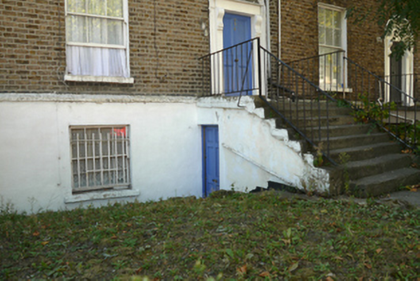Survey Data
Reg No
50011116
Rating
Regional
Categories of Special Interest
Architectural, Artistic
Original Use
House
In Use As
Apartment/flat (converted)
Date
1830 - 1850
Coordinates
316467, 235546
Date Recorded
29/09/2011
Date Updated
--/--/--
Description
Terraced two-bay two-storey house over exposed basement, built c.1840, as one of five similar houses with front railed garden and flat-roofed two-storey extension to rear. Now in multiple occupancy. M-profile slate roof hidden behind rebuilt parapet wall and rendered chimneystacks with clay pots to both party walls and replacement rainwater goods breaking through parapet to west end. Yellow brick walls laid in Flemish bond on painted granite plinth course over rendered walls to basement. Yellow brick walls to rear elevation. Gauged brick flat-arched window openings with painted reveals, painted granite sills and replacement timber sliding sash windows, eight-over-eight pane to basement at front and six-over-six pane elsewhere to front and to rear. Gauged brick round-headed door opening with moulded surround and timber doorcase. Replacement timber panelled door flanked by panelled pilasters and scrolled console brackets to replacement lintel cornice and original cobweb fanlight. Door opens onto concrete platform and eight concrete steps enclosed by replacement iron railings and bridging basement area. Front garden enclosed by original cast-iron railing on granite plinth wall with matching gate and two granite steps to street.
Appraisal
The North Circular Road was laid out in 1763, and gradually developed over the next one hundred years. An Act of that year called for the making of more convenient approaches to the city. It was partly financed by toll gates located at the Park, Aughrim Street, Phibsborough and Dorset Street. It became a fashionable carriage promenade in the 1780s. This group of five houses dates from the early Victorian period employing a largely Georgian style. This house has retained its original doorcase and fanlight, and its steps, railings and garden. the retention of timber sash windows also contributes to the building's intact appearance and the whole presents an attractive elevation as part of the greater terrace.
